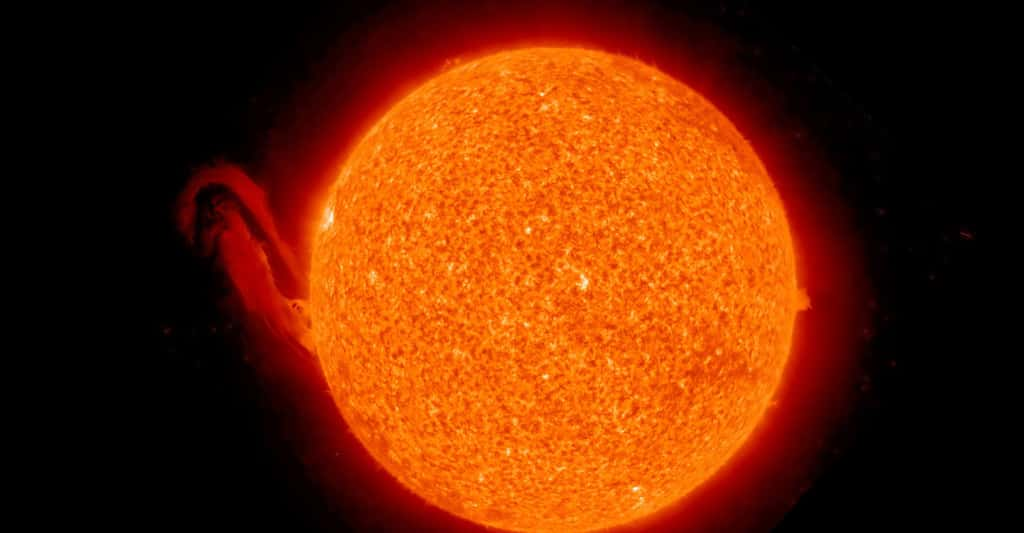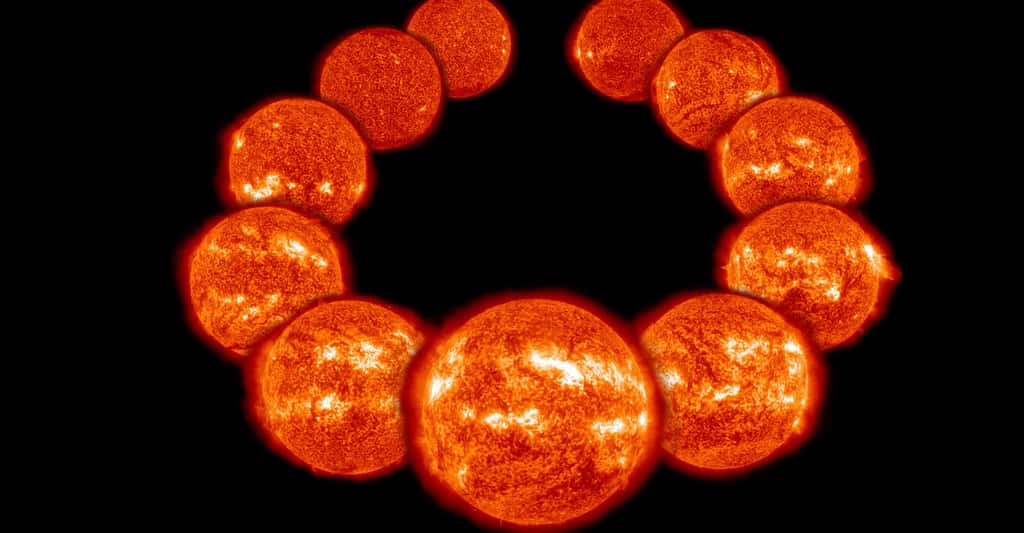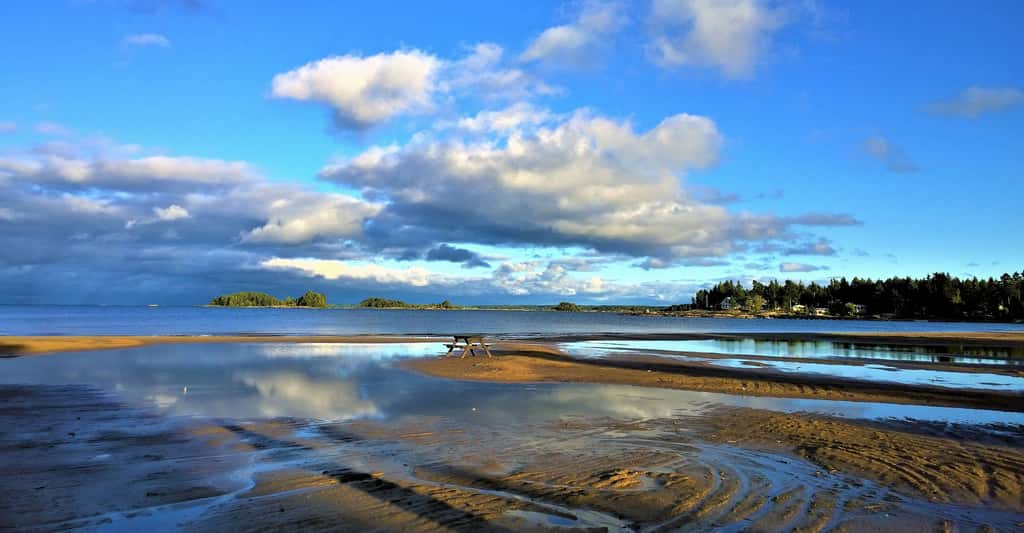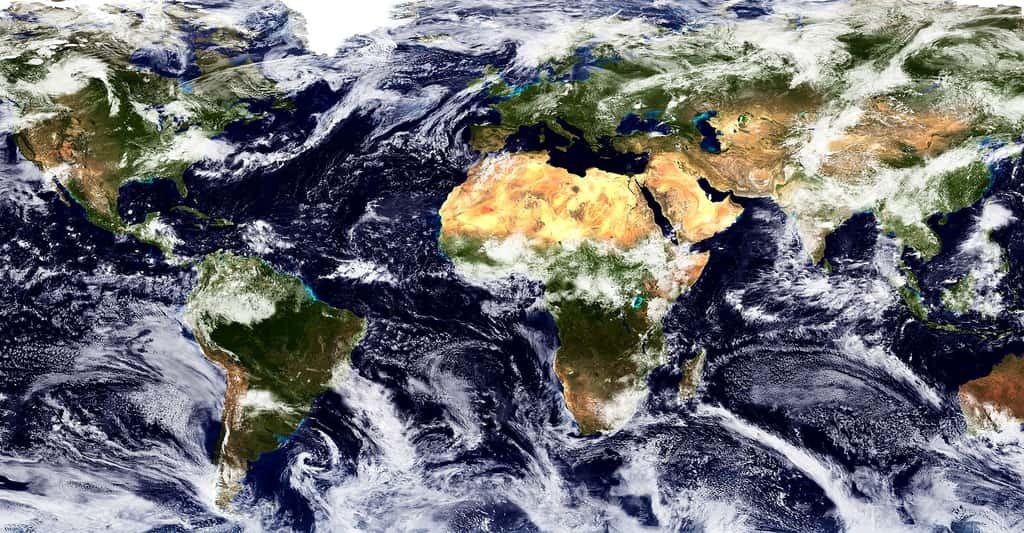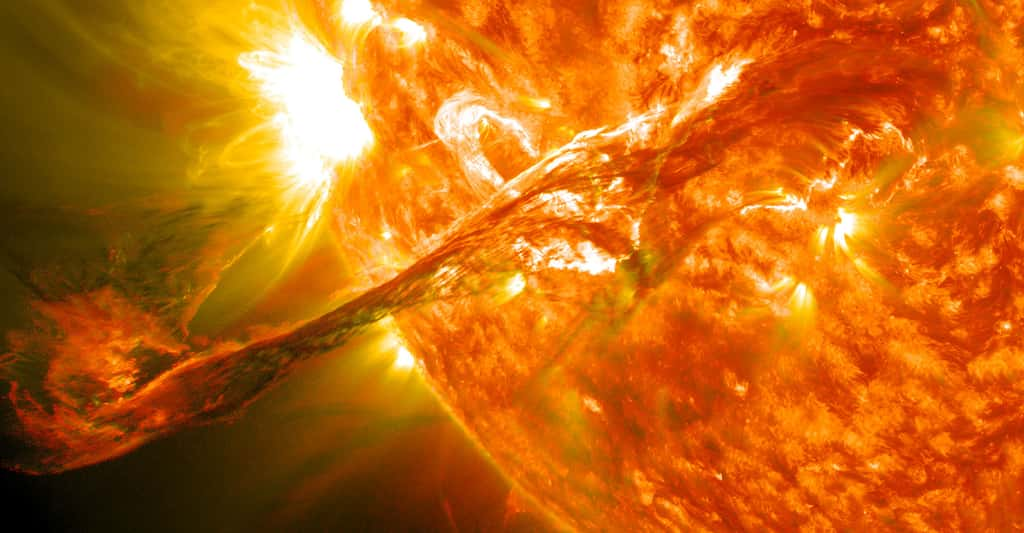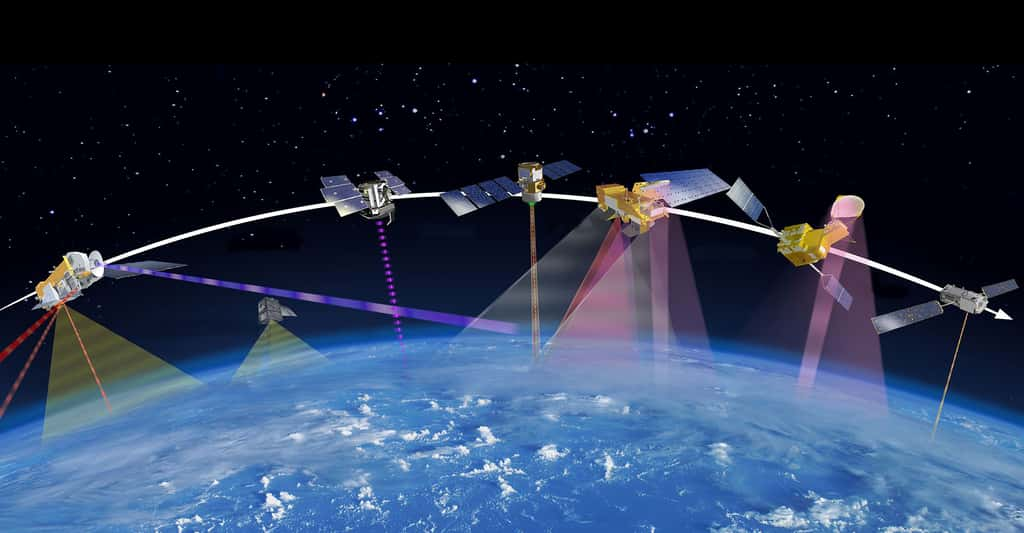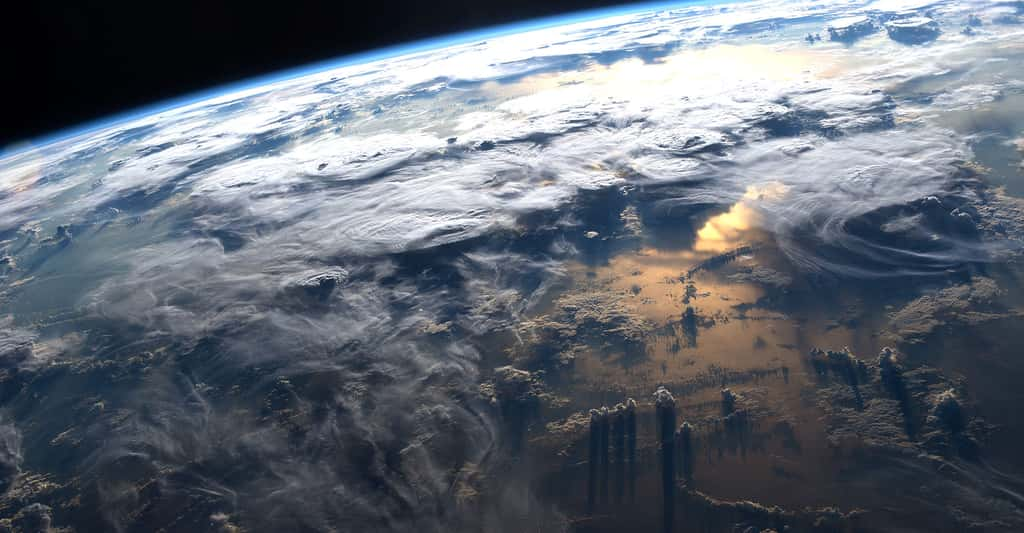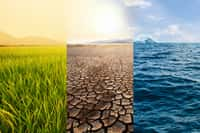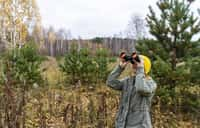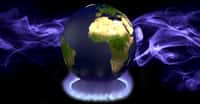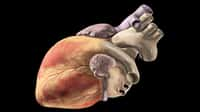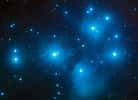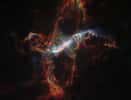au sommaire
Si vous souhaitez approfondir les notions et questions abordées dans ce dossier, parcourez la bibliographie renseignée par l'auteur.
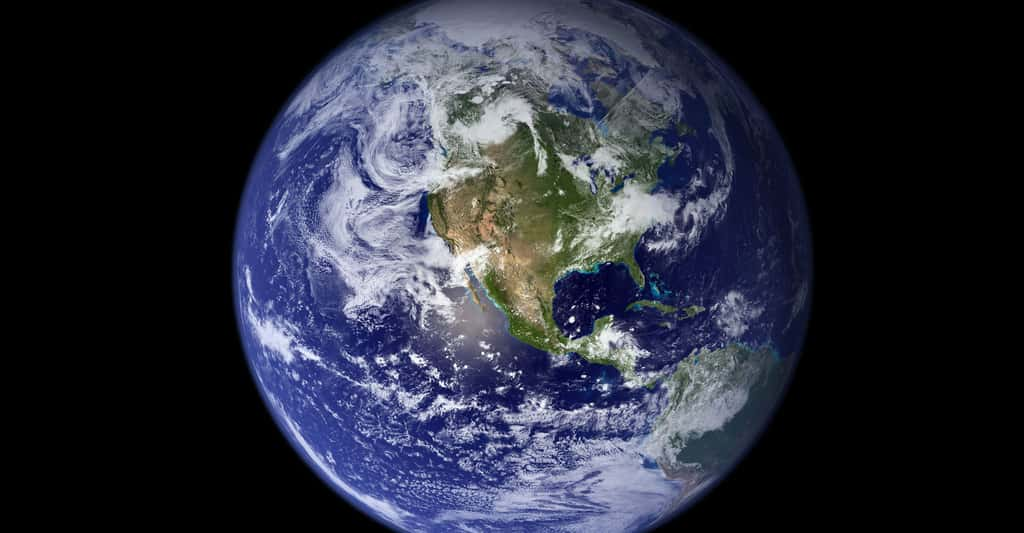
Pour en savoir plus sur les UV
- N. A. Krivova, S. K. Solanki, TT. Wenzler, and B. Podlipnik: J. Geophys. Res. 2009
- Trends in solar spectral irradiance variability in the visible and infrared
- SORCE's Solar Spectral Surprise
- Solar influence on the tropical stratosphere and troposphere in the northern summer
Pour en savoir plus sur les rayons cosmiques
- Can cosmic rays affectaffect cloud condensation nuclei by altering new particle formation ratesrates? Pierce, Adams , 2009
- Length of the Solar Cycle: An Indicator of Solar Activity Closely Associated with Climate, Friis-Christensen and Lassen, 1991
- Pattern of Strange Errors Plagues Solar Activity and Terrestrial Climate Data, Laut P, Eos,Vol. 85, No. 39, 28 September 2004
- Variation of cosmic ray flux and global cloud coverage- a missing link in solar - climate relationships, Svensmark et Friis-Christensen, 1997
- Low Cloud Properties Influenced by Cosmic Rays, Marsh and Svensmark, 2000
- Galactic cosmic ray and El NiñoEl Niño-SouthernSouthern Oscillation trends in International Satellite Cloud
- Climatology Project D2 low-cloud properties, Marsh et Svensmark, 2003 ISCCP artifacts, j. Norris
- Arguments against a physical long-term trend in global ISCCP cloud amounts, Evan et al., 2007
Pour en savoir plus sur les études de cas
- Cosmic ray decreases affect atmospheric aerosols and clouds, Svensmark et al., 2009
- Cosmic rays, CCN and clouds - a reassessment using MODIS data, Kristjansson et al., 2008
- Cosmic ray decreases and changes in the liquid water cloud fraction over the oceans, Laken et al., 2009
- Sudden cosmic ray decreases : No change of global cloud cover, Calogovic et al., 2010
Pour en savoir plus sur Cloud
- Results from the Cern pilot Cloud experiment, Duplissy et al., 2010

